15 Desserts Chefs Never Order
Pastry chefs, known for their exquisite taste and culinary expertise, hold high standards, especially regarding desserts. What desserts do these culinary experts consistently avoid on a menu? “15 Desserts Pastry Chefs Never Order” reveals the sweet treats that fail to impress professional chefs. From artificially flavored confections to mass-produced pastries, this article uncovers why some desserts don’t tantalize the refined palates of those who know food best. Join us to discover the desserts that pastry chefs pass up and the reasons behind their choices, as discovered through descriptions on online forums.
15. Store-Bought Ice Cream Cakes
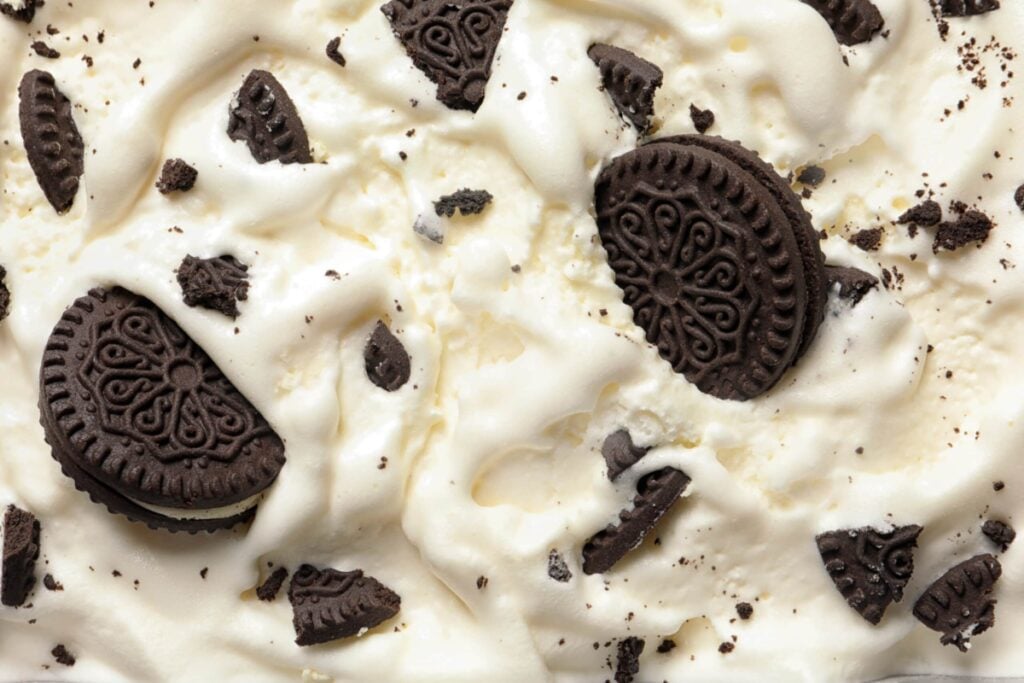
Often overly sweet and made with lower-quality ingredients, these cakes lack the homemade touch that chefs appreciate. They also miss the nuanced flavors and textures that come from using premium ice creams and fresh cake. These cakes often lack artisanal ice cream cakes’ creative flair and personal touch.
14. Overly Complex Molecular Gastronomy Desserts
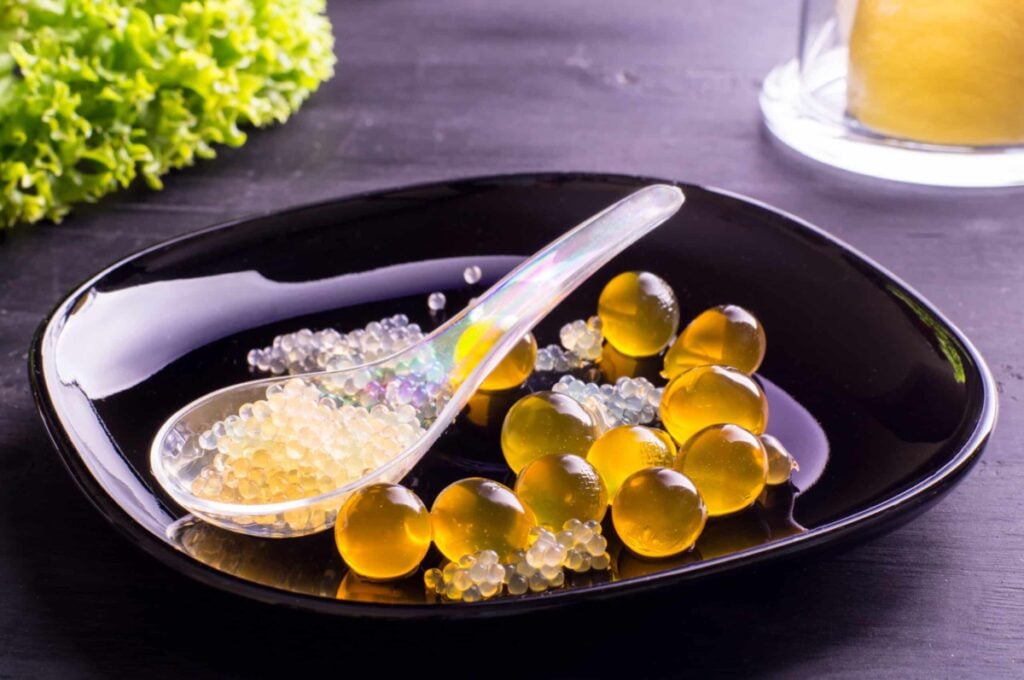
While innovative, they can sometimes prioritize presentation over flavor. Chefs often appreciate desserts that celebrate good quality ingredients and time-honored cooking techniques. The focus on visual spectacle can sometimes overshadow the essential point of taste.
13. Pre-Made Frozen Desserts
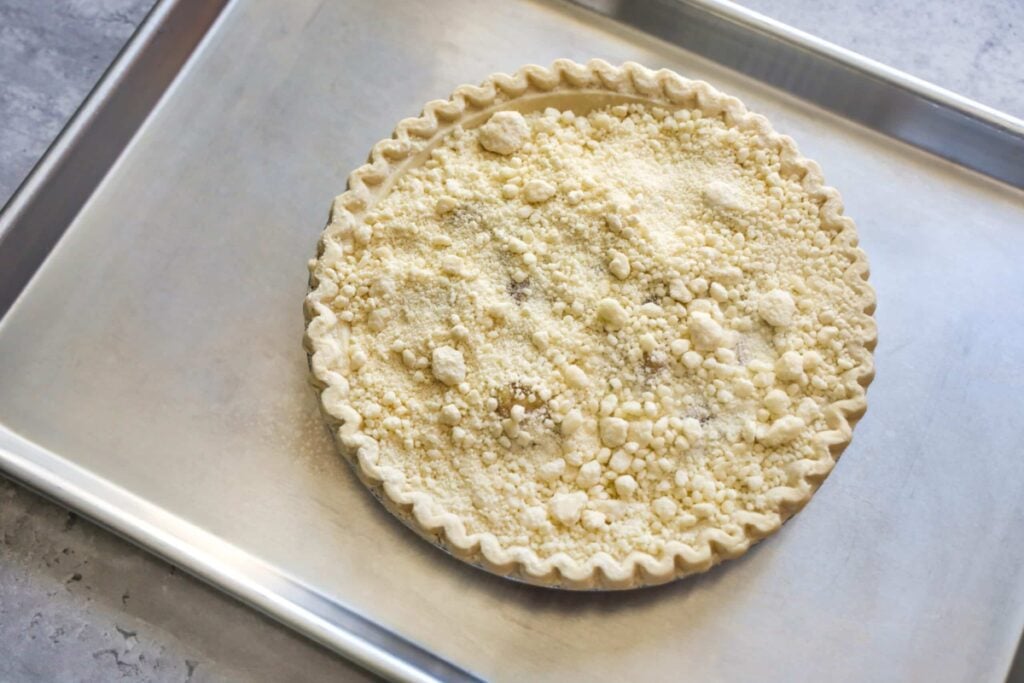
These often have a noticeable drop in quality and freshness, something chefs are particularly sensitive to. The textures and flavors in these desserts can’t match those made from scratch with fresh ingredients. These desserts often lack the signature touch and craft of a fresh dessert. While chefs might shy away from pre-made frozen desserts, an array of simple yet delightful party snacks can elevate any gathering. Discover easy-to-make and healthier alternatives in our “Simple Party Snacks” article.
12. Red Velvet Cake (with Artificial Coloring)
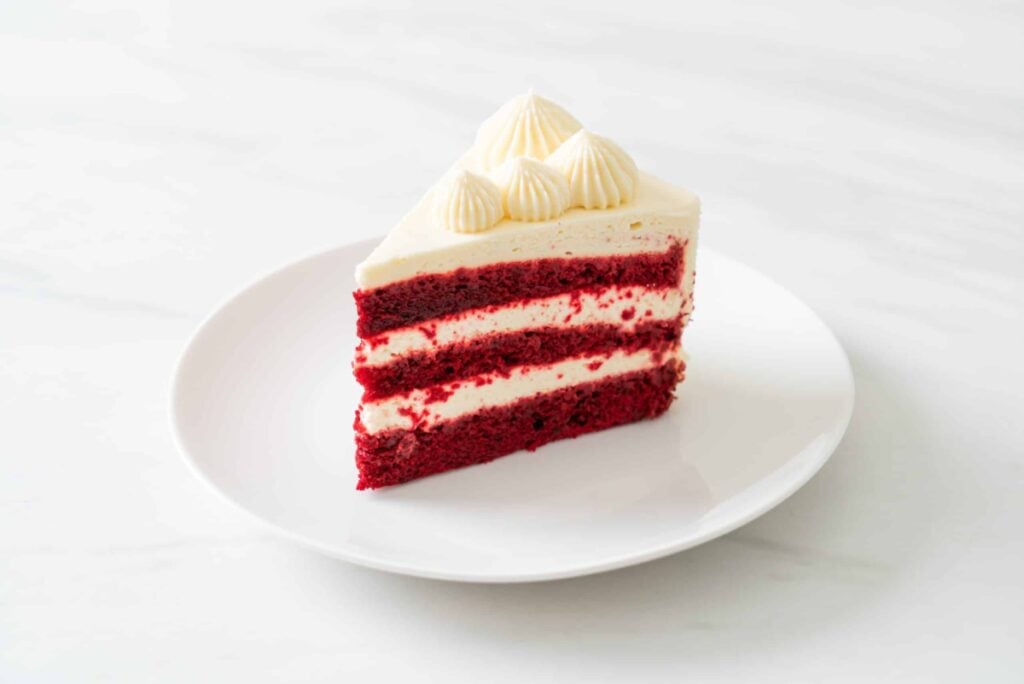
The excessive food dye can give it an artificial taste, and the lack of authentic cocoa flavor often makes it less appealing to chefs who prefer natural, robust flavors in their desserts. Relying on food coloring over natural ingredients can be a turnoff for those seeking authentic flavors.
11. Factory-Made Cheesecakes
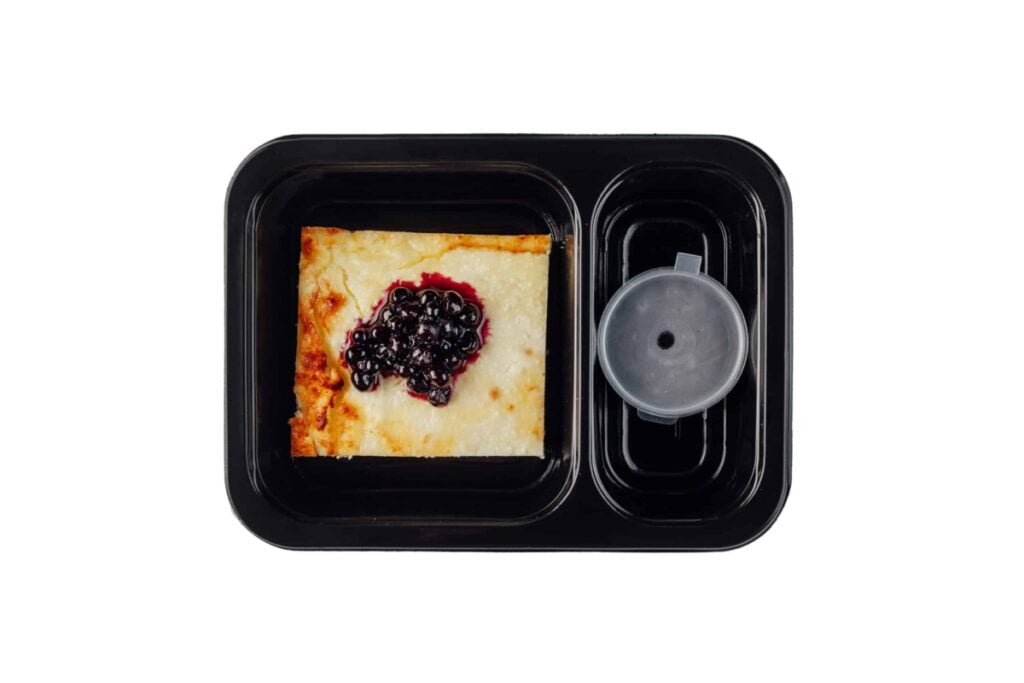
Such cheesecakes often lack the delicate balance between sweetness and tartness offered by a fresh, homemade cheesecake. Also, the texture can be overly dense and miss a well-made cheesecake’s creamy, smooth consistency. These often miss the unique, handcrafted quality of a cheesecake made with personal care. Although factory-made cheesecakes don’t meet the mark for most pastry chefs, you can try your hand at making an authentic, French-style cheesecake with this recipe. It’s a perfect blend of elegance and flavor.
10. Deep-fried desserts (like Deep-Fried Ice Cream)
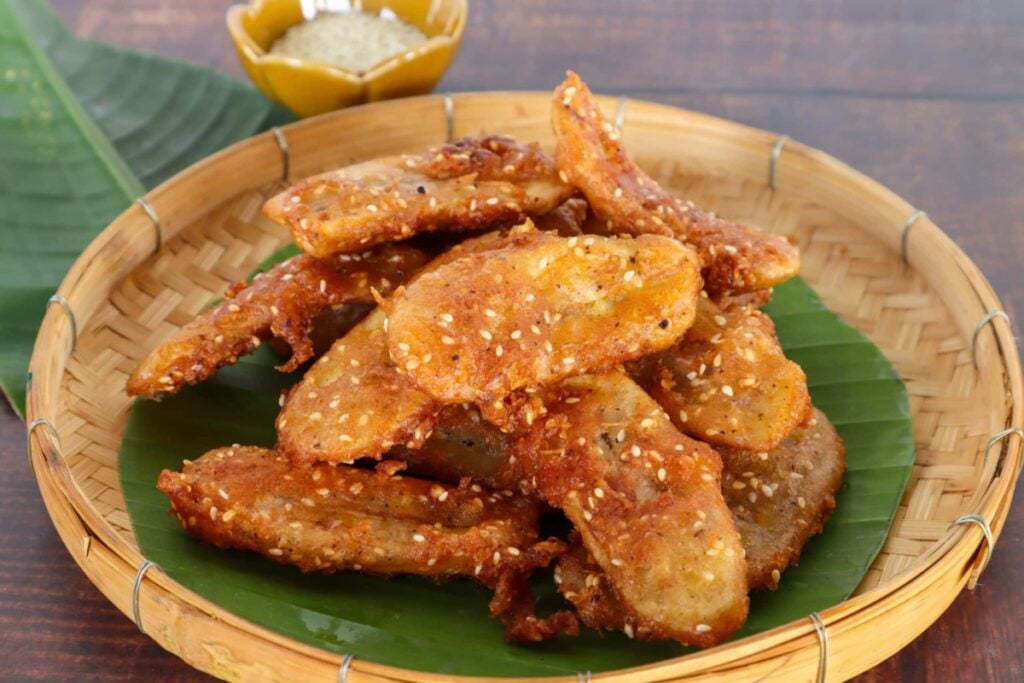
Deep-fried desserts can be too greasy, often losing the dessert’s true flavors under too much oil. Pastry chefs like desserts that mix flavors and textures well, not ones overwhelmed by oiliness. These desserts must be made well to be worth ordering; not many places do that. So, pastry chefs usually won’t order them unless they’re a specialty of the place.
9. Canned Fruit Pies
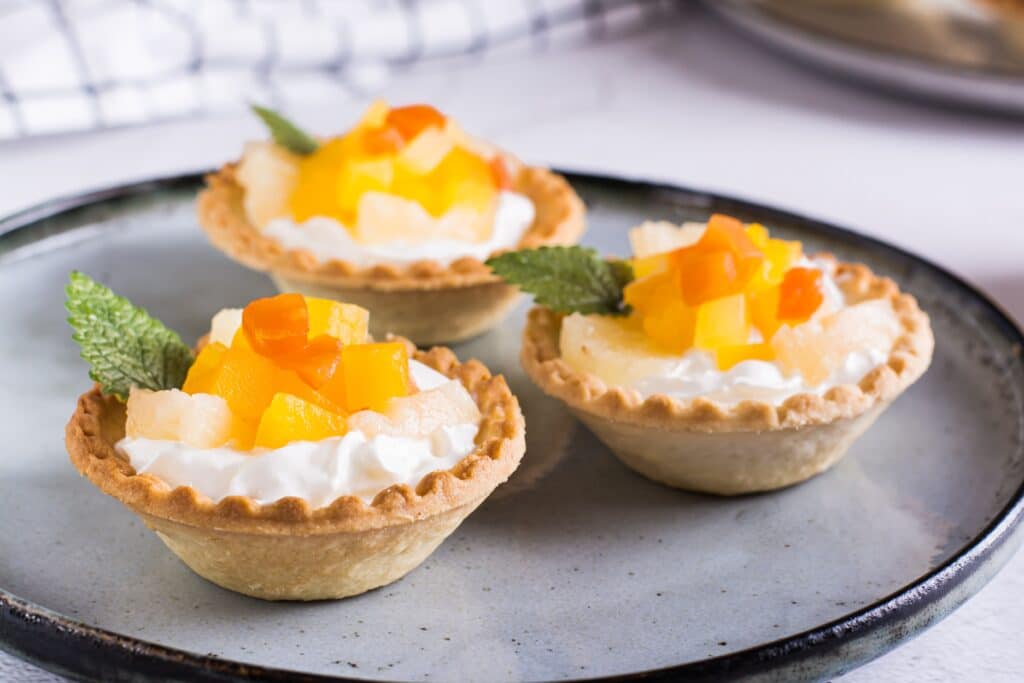
Canned fruits can compromise the flavor and texture, making the pies overly sweet and mushy. Pastry chefs often prefer pies made with fresh, seasonal fruits that provide a better flavor profile and texture. Canned fruits often result in losing the fresh, vibrant flavors that are key in a fruit pie.
8. Store-Bought Fruitcakes
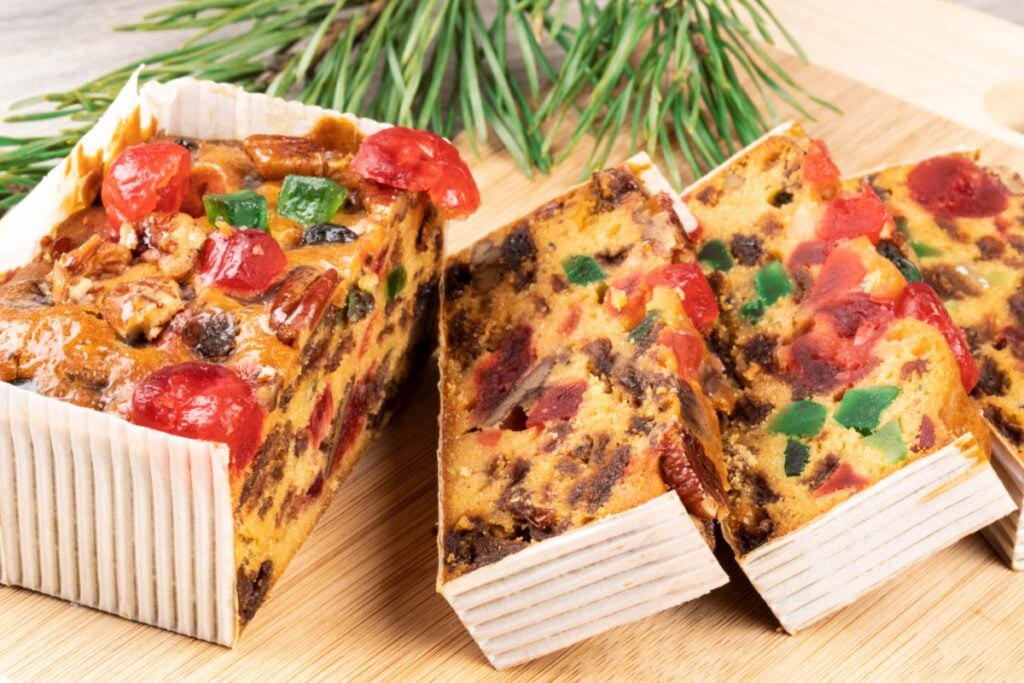
They are often too dense and can have an overpowering taste from the preservatives and artificial flavorings used. A homemade fruitcake, in contrast, has a more balanced flavor and a better texture. The heavy, dense texture often overshadows the subtleties that a homemade fruitcake can offer.
7. Instant Puddings
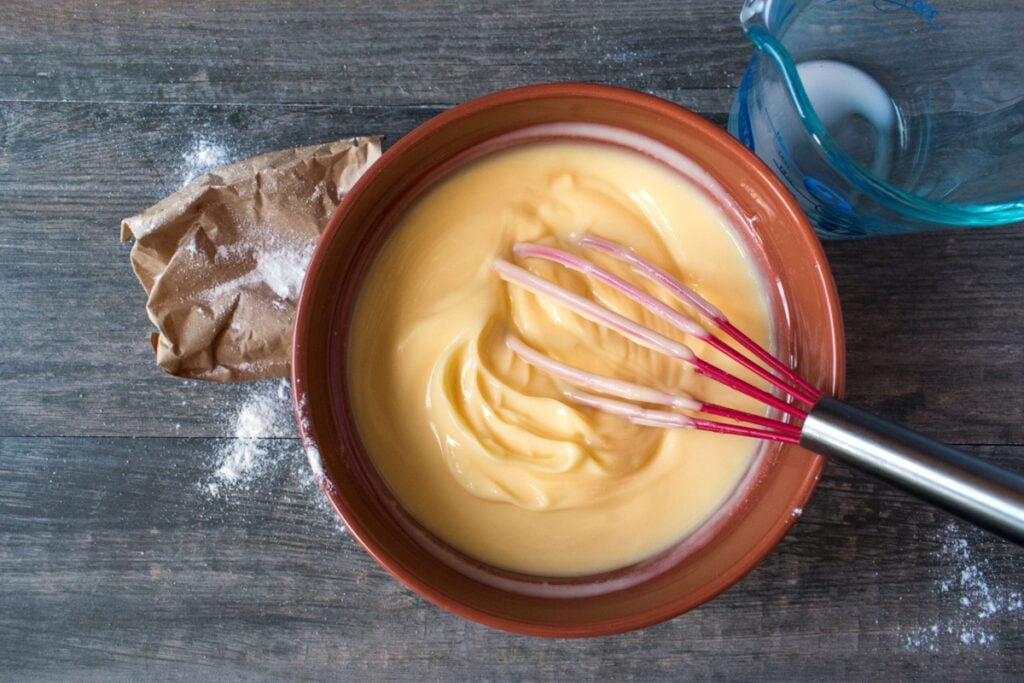
These tend to have a synthetic flavor and lack the creamy texture of homemade pudding. They also miss the subtle layers of flavor that you get from using real vanilla, chocolate, or other natural flavorings. These lack the depth and richness of flavor in puddings made from scratch with fresh ingredients.
6. Packaged Gelatin Desserts
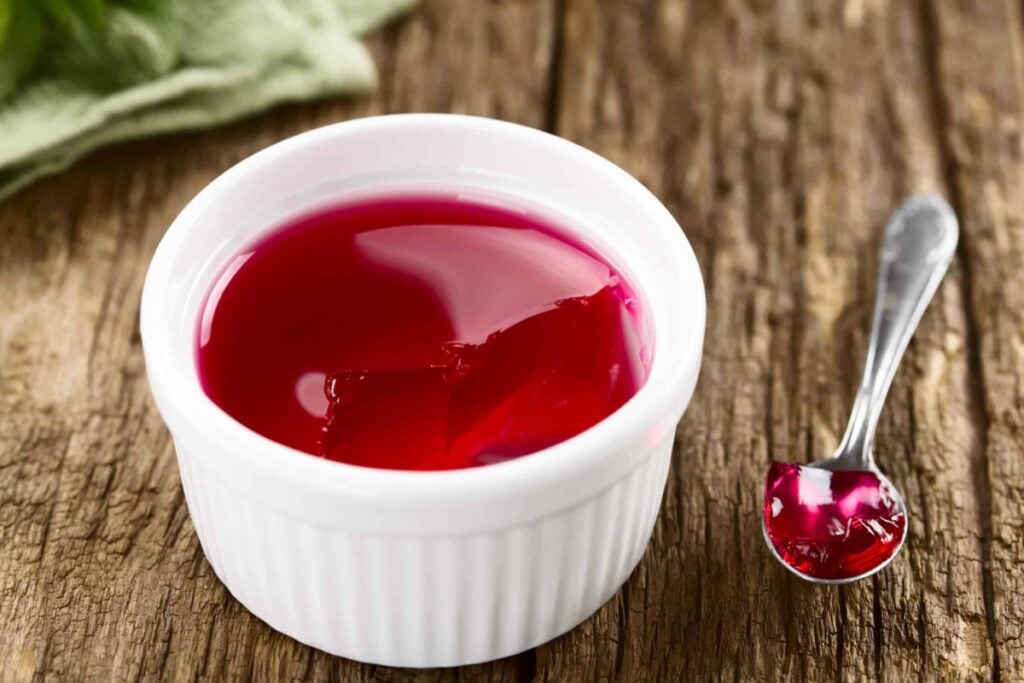
These desserts’ artificial flavors and colors are far from the natural, fresh ingredients chefs prefer. Additionally, the texture of these desserts is often too rubbery compared to a homemade gelatin dessert. The artificial nature of these desserts often detracts from the subtle nuances of homemade gelatin treats.
5. Commercially Produced Doughnuts
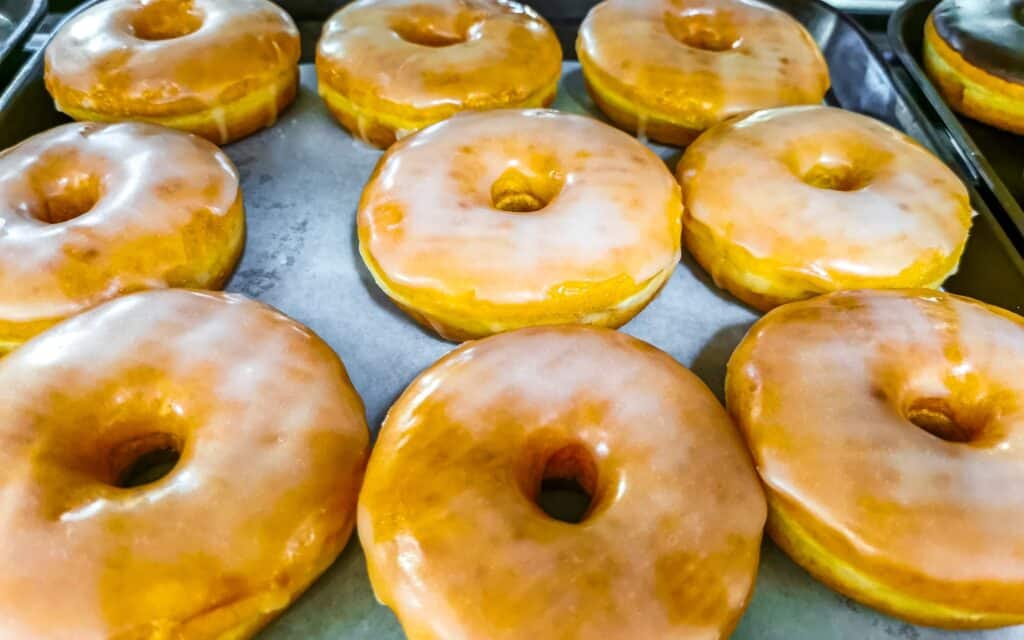
These often lack the fresh, airy quality of a doughnut made from scratch and can be overly sweet. Pastry chefs appreciate the craftsmanship in a freshly made doughnut, where the quality of ingredients and the perfect frying technique are crucial. The mass production process often strips away the artisanal quality that can make doughnuts a special treat.
4. Mass-produced Pastries with Artificial Fillings
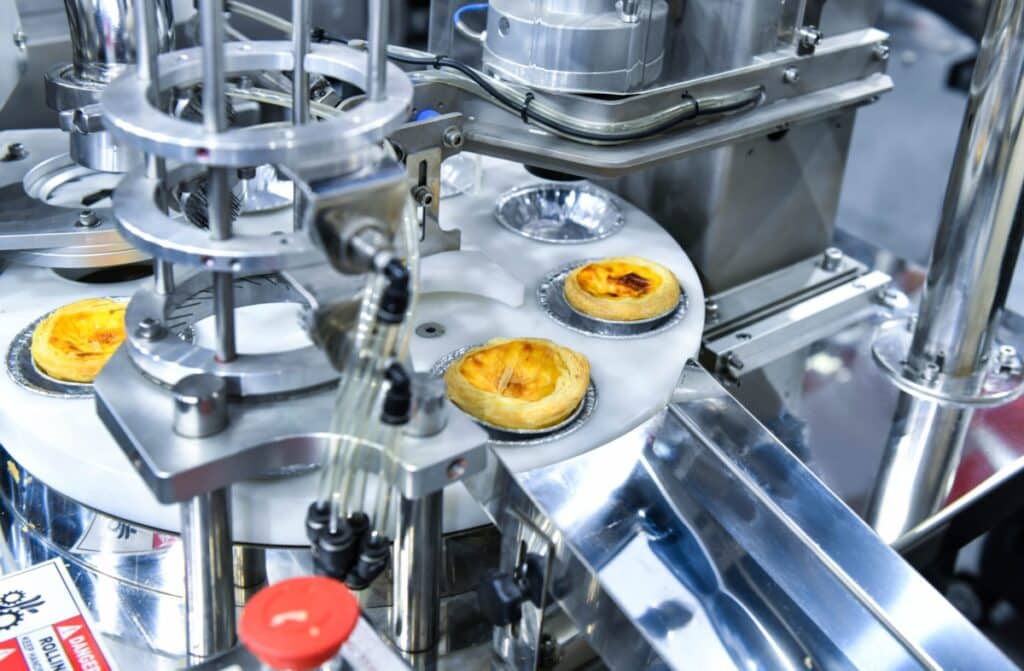
The fillings can often taste synthetic and overly sweet, lacking the subtlety of flavor found in fresh fruit or homemade custards. The pastry can also suffer, lacking a well-made pastry’s flakiness and buttery quality. These pastries often lack freshly baked goods’ handmade charm and flavor nuances. Instead of settling for mass-produced pastries, why not explore the unique world of homemade macarons? Learn what makes them special and how to make them at home!
3. Pre-packaged Cupcakes with Artificial Frosting
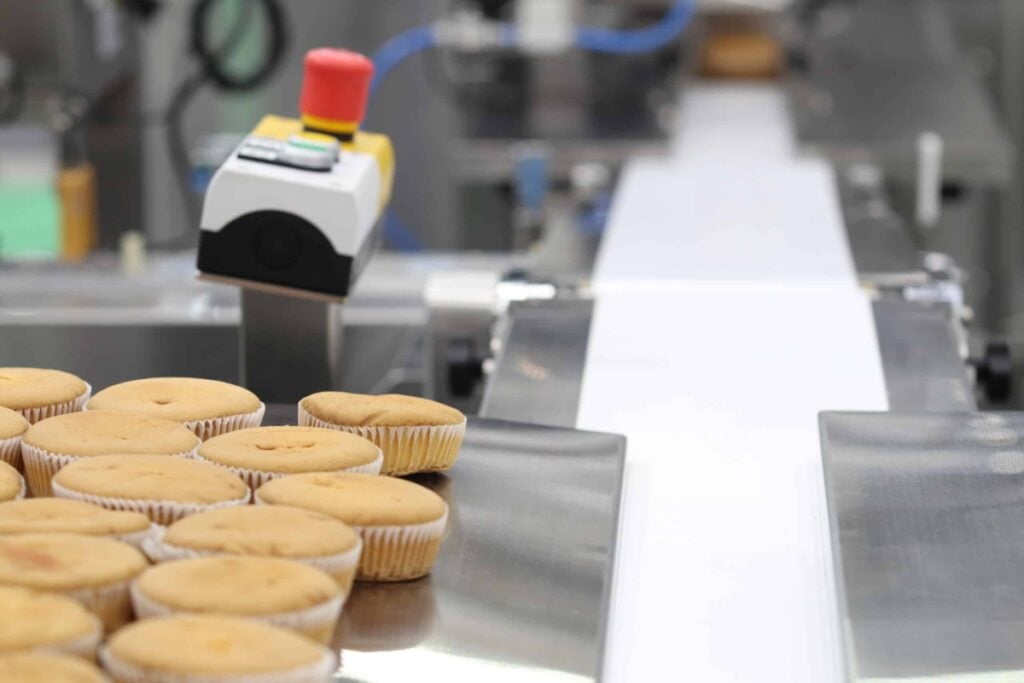
The artificial taste of the frosting and the often dry, crumbly cake can be off-putting. Pastry chefs know balance and freshness are essential to a great cupcake, which is often missing in these mass-produced versions. The synthetic taste and texture can be a significant drawback for those accustomed to homemade quality.
2. Box-Mix-Based Cakes or Brownies
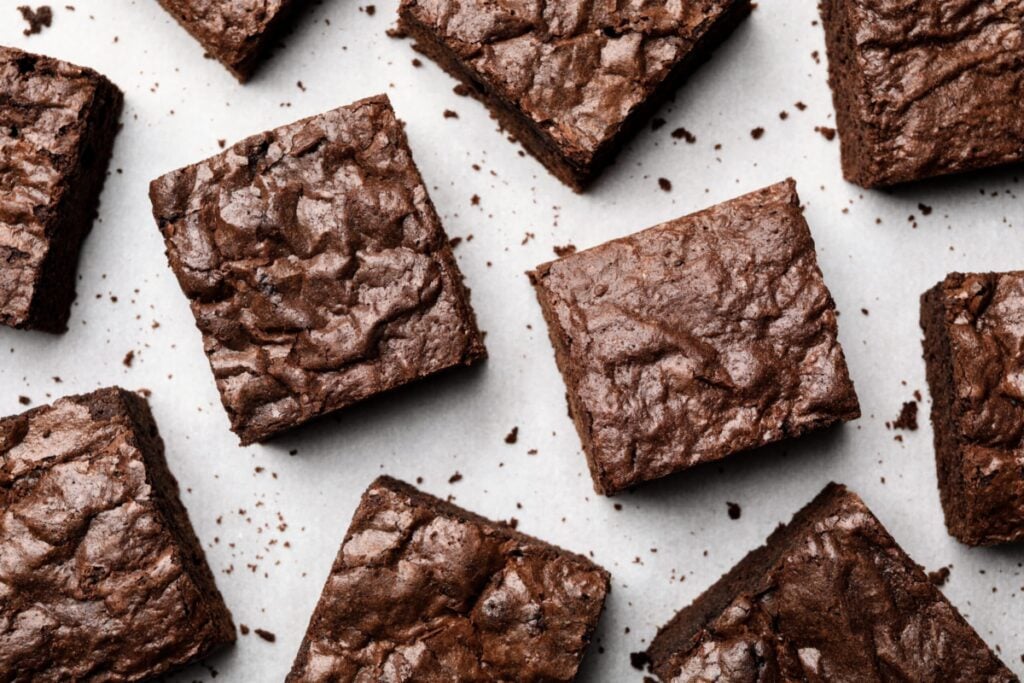
These mixes can lead to a uniform, often bland taste, and a too-dense or overly moist texture. Pastry chefs value the nuanced flavors from carefully measured, high-quality ingredients. The lack of distinct, fresh flavors often makes these desserts less appealing to those with a discerning palate.
1. Overly Sweetened Tiramisu
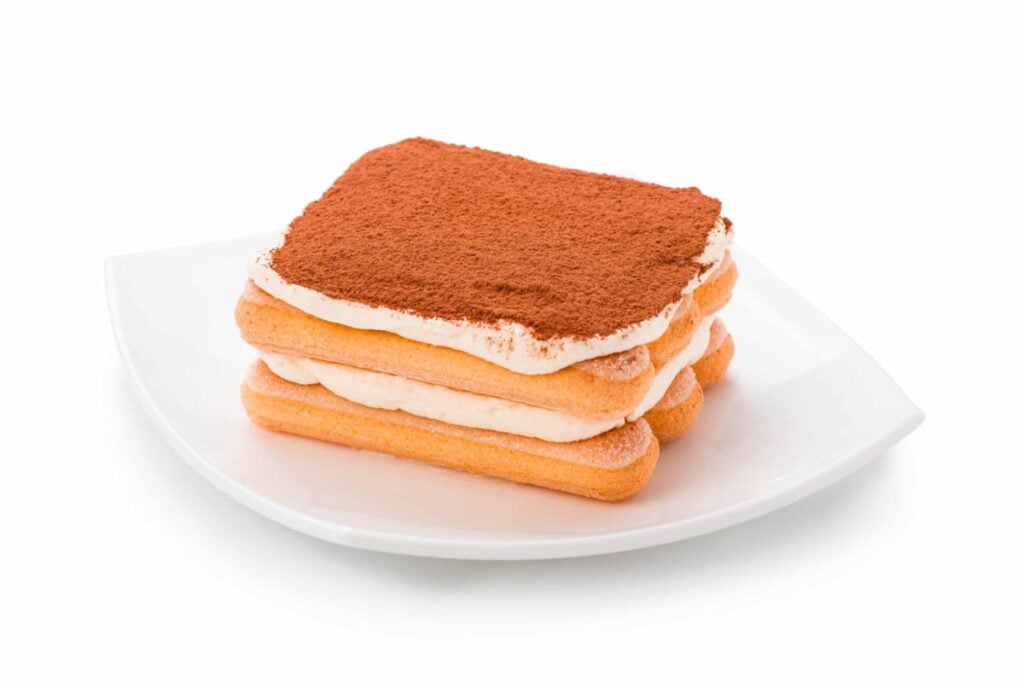
When the delicate balance of flavors in tiramisu is overpowered by too much sugar, it loses its sophistication. Pastry chefs appreciate when the subtle interplay of coffee, mascarpone, and a hint of liqueur in tiramisu is skillfully achieved. The overemphasis on sweetness can mask the delicate balance of flavors that make tiramisu a classic dessert.
15 Foods a Chef Would Never Order at a Restaurant

Navigating a restaurant menu can be challenging, filled with tempting yet overwhelming choices. With insider knowledge and a keen understanding of food quality, professional chefs often make different choices than the average diner. In this article, we reveal 15 standard menu items that chefs usually avoid, offering insights into overpriced dishes and those that fall short of showing a restaurant’s true culinary potential:
12 Dishes Foodies Secretly Find Disgusting

Sometimes, even foodies encounter dishes they can’t stomach. “12 Dishes Foodies Secretly Find Disgusting” uncovers the meals that, despite the hype, some find unappetizing. Dive into this list of not-so-favorite foods shared by real food lovers online:
Discover the 15 Foods Linked to a Longer, Healthier Life

In the world’s Blue Zones—five locations known for extraordinary longevity—lifestyle choices, especially diet, play a crucial role. From Okinawa, Japan, to Loma Linda, California, these regions share 15 staple foods linked to extended lifespans. This article explores how these dietary choices contribute to the remarkable longevity observed in these unique communities.






